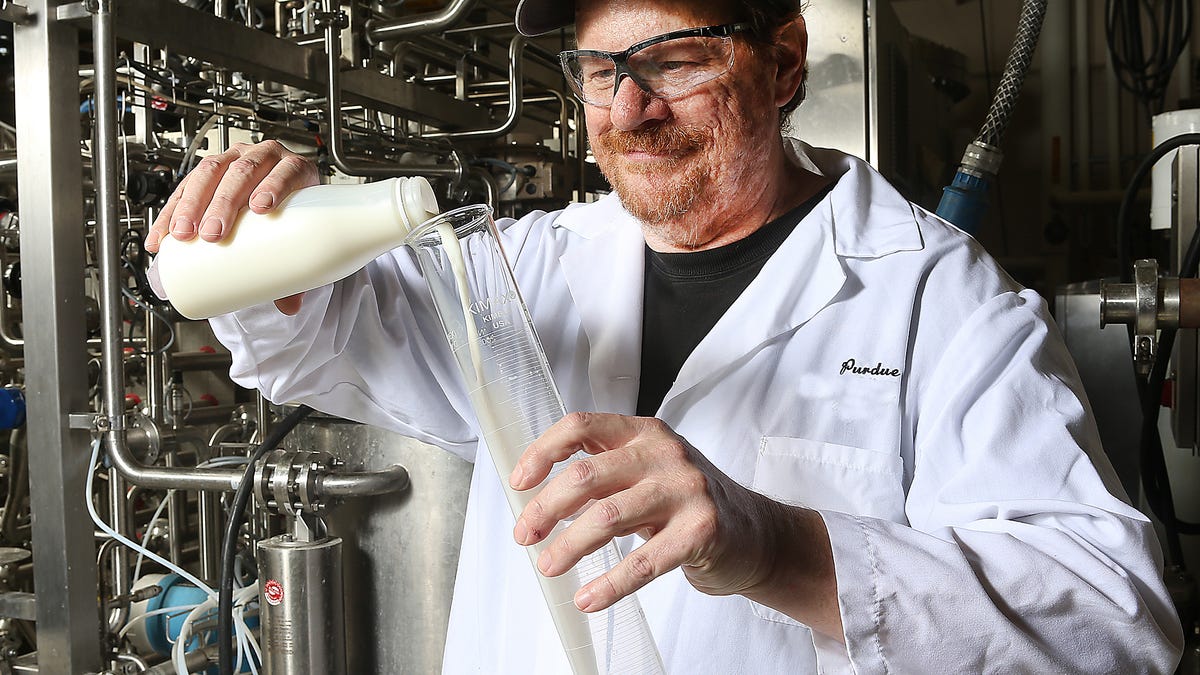Would you drink 63-day-old milk? Scientists would
Your cold milk could hang around a lot longer with the help of a new treatment process that radically extends its shelf life.
Every time I pull the milk out of the fridge, I unscrew the cap and take a sniff before pouring. It doesn't matter if the stuff's a day old or a week old. I still do it. I might be able to break that habit if a process developed to drastically extend the shelf life of milk becomes popular with the dairy market.
Scientists at Purdue University and the University of Tennessee tested a process called the low-temperature, short-time (LTST) method. A study on the findings shows that "increasing the temperature of milk by 10 degrees [Celsius] for less than a second eliminates more than 99 percent of the bacteria left behind after pasteurization." Bacteria are what ultimately cause milk to spoil.
Pasteurization involves quickly heating up milk to kill bacteria, qualifying it as a high-temperature, short-time method. The new process isn't intended to replace pasteurization, but rather to enhance it. "It's an add-on to pasteurization, but it can add shelf life of up to five, six or seven weeks to cold milk," Purdue University food science professor Bruce Applegate said in a statement.
In experiments, the LTST method extended the milk's shelf life (typically 8 to 14 days) to up to 63 days. Millisecond Technologies (MST) developed the process, which uses a heated, pressurized chamber to quickly raise and lower the temperature of the liquid. The method was first used on juice, but the company later switched its focus to milk. It's in the process of rolling out the technology on a commercial scale.
Avoiding the dreaded stomach-turning odor of milk gone bad sounds like a great idea, but everybody wants to know how it tastes. "Sensory tests compared pasteurized milk with milk that had been pasteurized and run through MST's process," Purdue reports. "Panelists did not detect differences in color, aroma, taste or aftertaste between the products."
Researchers hope to continue testing the process by applying it to milk that has not already been pasteurized to see how effective it is at killing bacteria. The method could one day take the fear out of discovering a half-empty carton of milk hiding in the back of your refrigerator.


